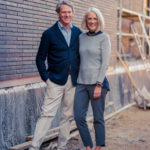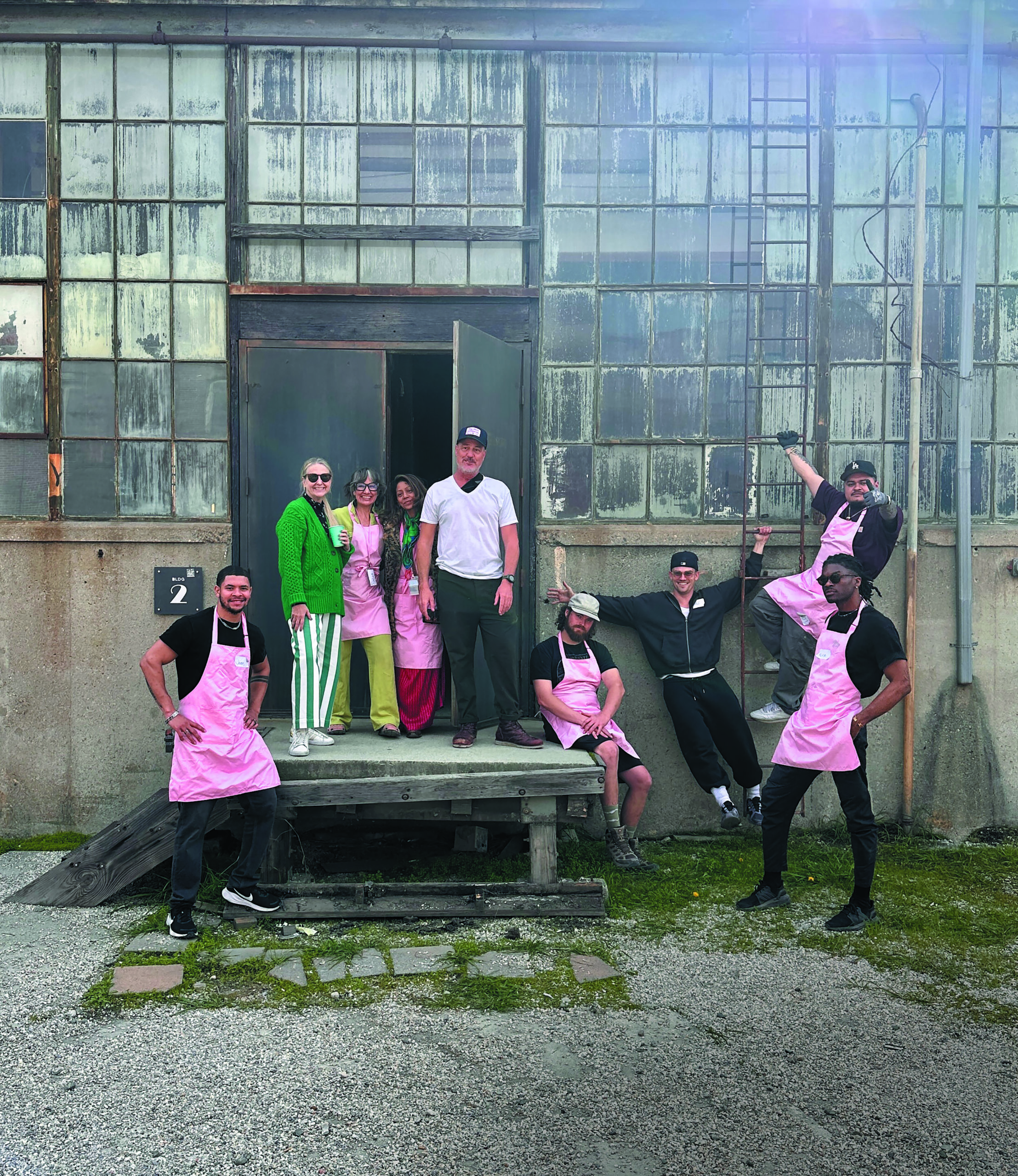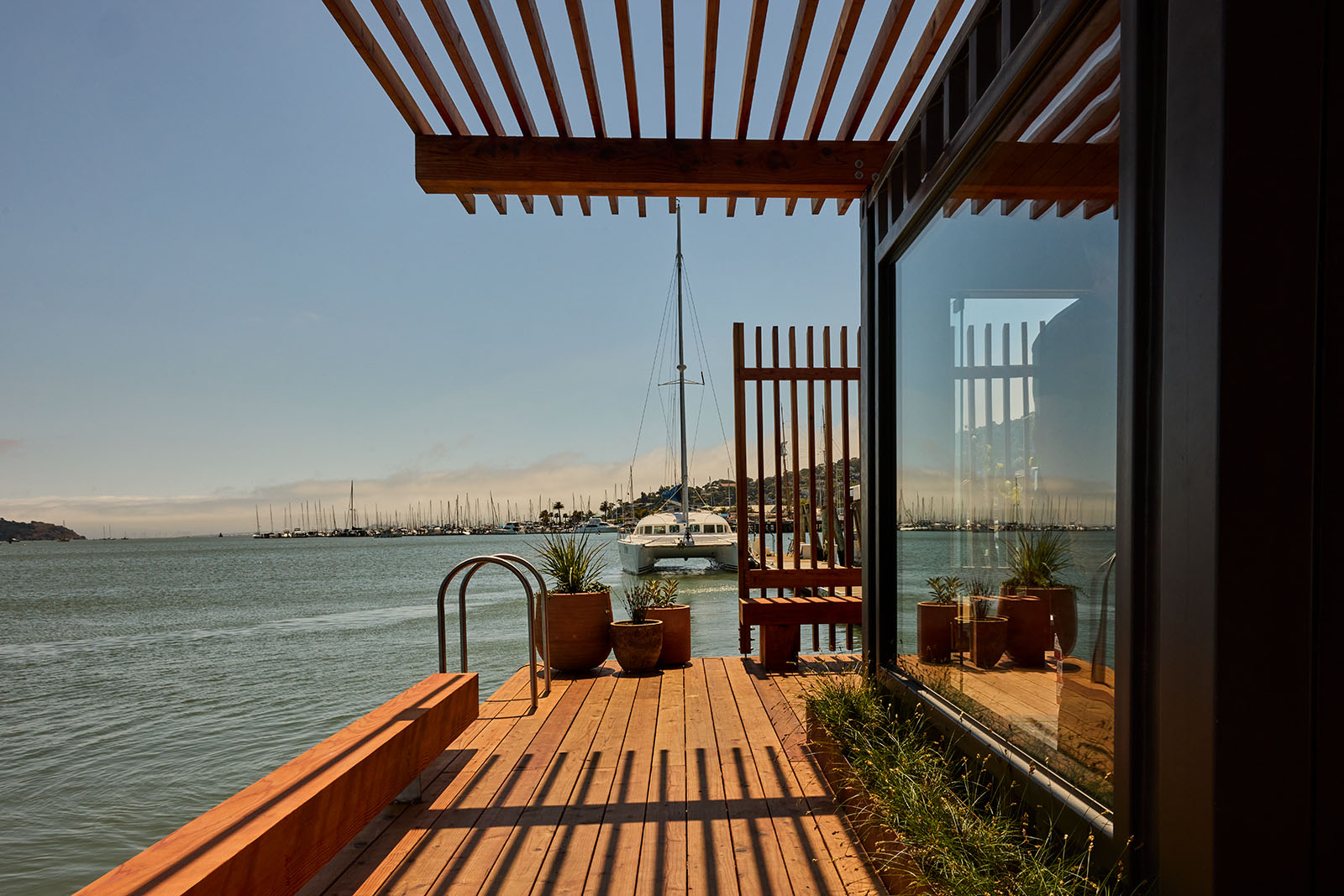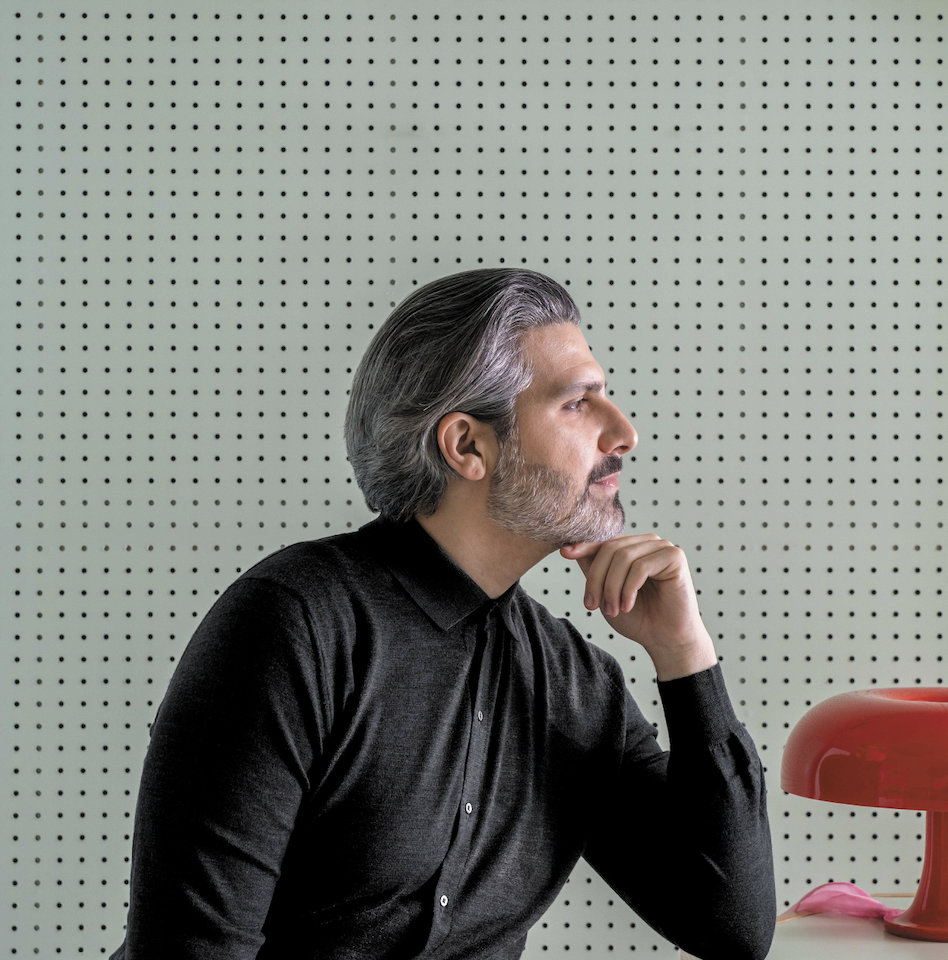Designer Crush: Fergus Garber Architects
Author:Lindsey ShookAfter being in business for over 35 years, founding partners of Fergus Garber Architects Catharine and Dan Garber, have played a key role in the architecture throughout the Bay Area. Launched in 1988 from Catharine’s home office in Chicago, the now expansive firm has since renovated and designed over 100 homes in California and across the country.
The team approaches each project with the goal of telling a story of who a client is and how they want to live in their home. Their ability to effortlessly infuse her appreciation of historic architecture with his love of contemporary design enables each project to embody a current yet timeless sensibility that is celebrated by many. Most notably, Dan has utilized his knowledge of design for his own civic duty, serving as a Commissioner on Palo Alto’s Planning commission for six years, acting as Chair for two of those years and much more. Here, the couple share more about their practice and what keeps them inspired after all these years.
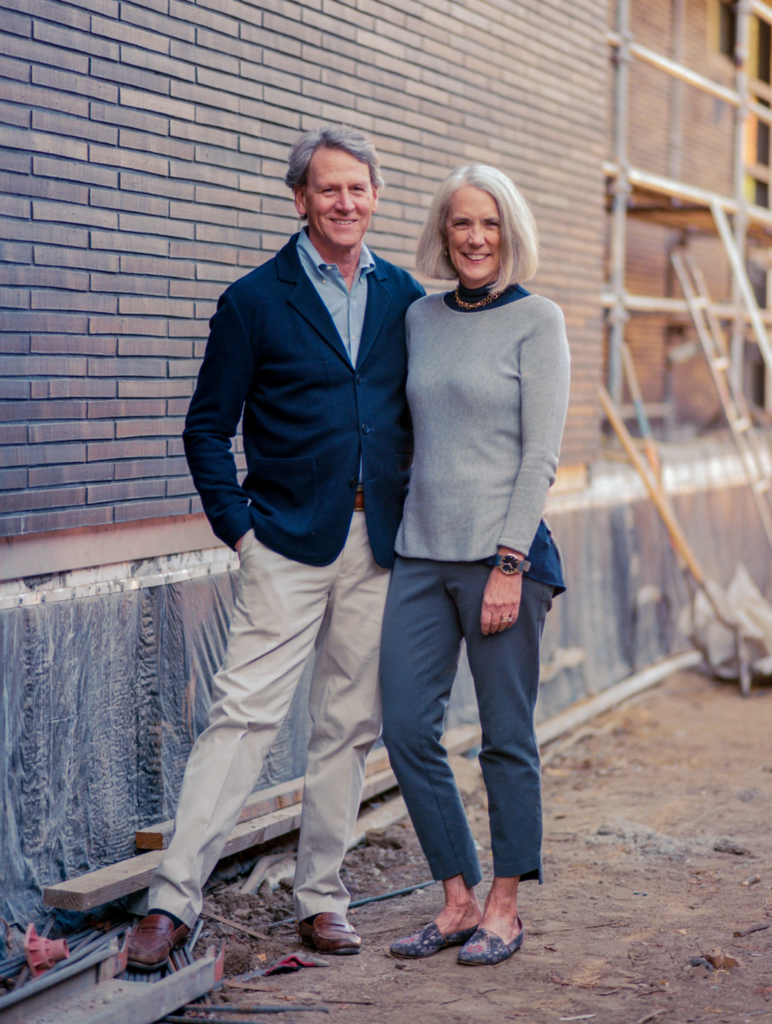
-How has being in business for over 35 years shaped your perspective of architectural design?
Catharine: Being in business this long you see certain looks and styles come and go, but there are certain enduring qualities of good architecture—good bones, proportions, flow, layout, connection to outdoors, light and longevity. We recognize that listening is paramount—for example the importance of listening skills and helping clients think long term—helping them think through how they will enjoy living in the future, not just for right now. How will they progress through life in their house and how will their home support them through the changes that occur in a family over those years.

-How would you define your aesthetic?
Dan: Aesthetics are often confused with style—they overlap but are different. We design in many different styles, but our aesthetic is pretty consistent and comes from good proportions and principled layouts, high attention to detail and how the elements and materials come together to support and complement the larger concept of the house. These things don’t change much across our projects. We like to keep things simple by getting to the core essentials of a style. We design for longevity vs stylistic trends; our clients are typically living 30 or more years in the houses we design for them so that long view is important.

-Which other architects/firms have inspired you and your design process the most?
Catharine: Frank Lloyd Wright for his vision, Julia Morgan for her inventiveness, Charles Moore for bringing scholarship and focus to the experience of architecture, Birge Clark for his service, William Wurster for his productivity, George Washington Smith and Robert Stern for how they use history as their launch point.
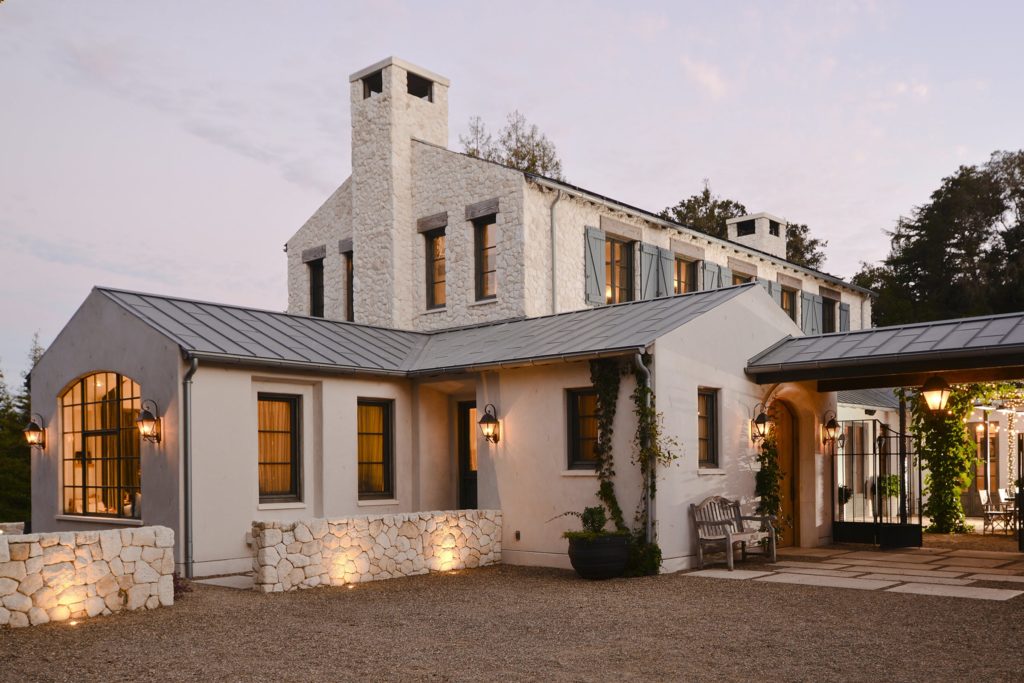
-What new technology/tools have altered how you do business?
Dan: A few tools that have really altered how we do business are:
- Street/3D view online maps to see nearly any site and house in its neighborhood context in real time on your desktop.
- 3D Bim modeling software allows for greater engagement with our clients, a more comprehensive and coordinated set of documents and allows a team of people to design and work on the same file in real time both in the office and remotely.
- In 2014 we modeled a large house, landscape and site extensively in 3D to be walked through virtually with an early generation of Oculus Rift goggles but that technology still has a way to go to be truly useful on a day-to-day basis.
- Cloud servers have greatly improved the flow, management and coordination of our work especially during the pandemic.
- But none of these things replace the importance and primacy of skilled hand sketching!
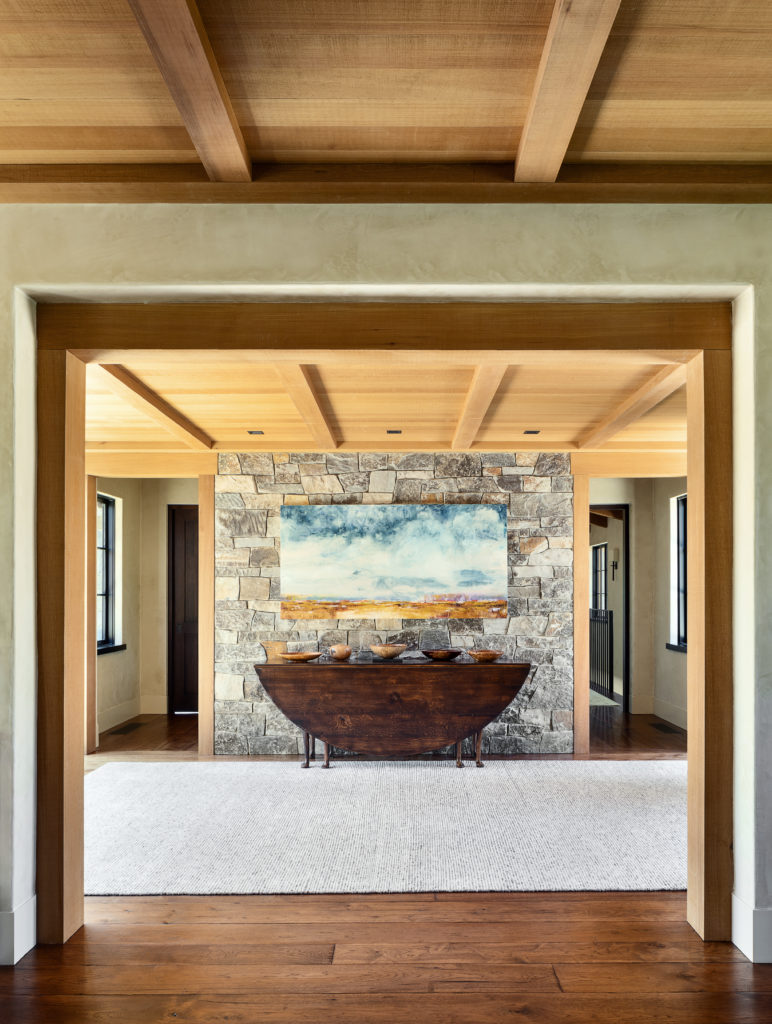
-How do you foresee architecture in Northern California evolving over the next decade?
Dan: There are going to be a lot more houses. The state is dramatically under housed which is already creating great challenges and pain in our cities. There are also going to be a lot more types of housing. We’re going to see denser, smaller, shared housing—ways that we haven’t explored yet will be adopted and discovered to fit conditions and budgets. We’ll also see more repurposing of existing structures whose uses are waning to uses that are in greater need like housing (Great recent example; Saks 5th Avenue department stores being used as co-working spaces by WeWork. )
All houses are going to become much better at supporting how we want and need to live in them as our environment is changing around us. The pandemic is already changing the nature and degree of how we gather with family and friends in and outside of our houses. The fires are already changing the way in which we manage the quality of the air in the houses we design. The widening swing of temperatures is changing the exterior envelopes and mechanical system strategies for our houses. These changes are also driving demand for the rapid evolution of the general technology, equipment and materials that we will use to mitigate these issues, especially to address the ongoing operations of the house to manage our health, comfort and costs.
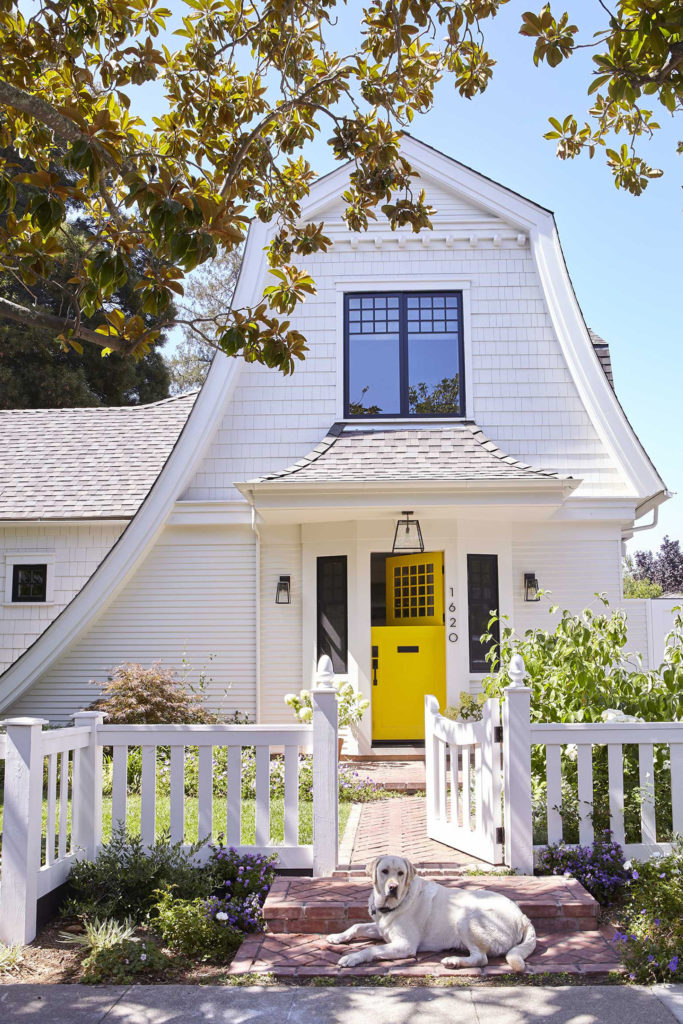
LIGHTNING ROUND!
–All-time favorite California structure?
Catharine: Just one? Here’s a few:
- William Wurster’s Farmhouse for the Gregory family in Santa Cruz
- Birge Clark’s Lucie Stern Community Center in Palo Alto
- Louis Kahn’s Salk Institute in La Jolla
- Pierre Koenig’s Stahl House in Los Angeles (Case Study House #22)
–Best restaurant in the Bay Area for the design?
Catharine: Julia’s Restaurant or Morgan’s Bar & Lounge at Julia Morgan’s Berkeley City Club
–If you weren’t an architect, what would you be?
Catharine: I’ve never thought of being anything else. I love my relationship with my clients and helping design their homes.
Dan: An opera singer, it would be amazing to be able to sing like Renee Fleming (because I can’t)!







